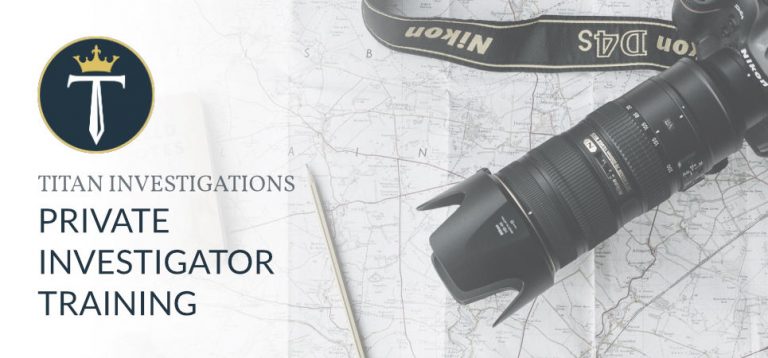Hire Titan Investigations Expert Graphology Services
Titan Expert Graphology/Handwriting Analysis
Titan Expert Graphology Services – Graphology is the analysis of handwriting in an attempt to determine someone’s personality traits. No scientific evidence exists to support graphology, and it is generally considered a pseudoscience or scientifically questionable practice. However, it has historically been considered legitimate for use in some court cases. The term is sometimes incorrectly used to refer to forensic document examination, due to the fact that aspects of the latter dealing with the examination of handwritten documents are occasionally referred to as graph analysis.
Who may use Graphology services?
In short, anyone may require to utilise the services of a Graphologist. Cases that we have been instructed on previously include;
- To validate the authenticity of signatures. This could be signatures on a Will, Lease Agreement or loan. We will require an electronic copy, not the original document of the signature in question and at least six examples of genuine signatures.
- To analyse the writing of malicious letters or hate mail. We would require an electronic copy of the handwriting in question and examples of the person or persons you suspect of being responsible.
- To identify the person responsible for graffiti.
The general lead time to prepare a report outlining the Graphologist’s opinion from formal instruction is 7 working days and the fee for this service is £480 inclusive of VAT.
Examples of the Process





The Graphologist will outline their opinion using an accepted scale from identification, being the highest degree of confidence that the writing or signatures are written by the same author, to elimination which is the highest degree of confidence that the authors are not the same.
Range of Opinions
1 Identification (definite conclusion of identity –requires originals to have been examined)
This is the highest degree of confidence expressed by handwriting examiners in handwriting comparisons. The examiner has no reservations whatever, and although prohibited from using the word “fact”, the examiner is certain, based on evidence contained in the handwriting, that the writer of the known material actually wrote the writing in question. (This requires all the examination materials to be in the original form).
2 Strong probability (highly probable, very probable)
The evidence is very persuasive, yet some critical feature or quality is missing so that an identification is not in order; however, the examiner is virtually certain that the questioned and known writings were written by the same individual. The reason for this level will often be because, while the similarities are strong with no differences, the questioned document or reference material is in copy form.
3 Probable
The evidence contained in the handwriting points rather strongly toward the questioned and known writing having been written by the same individual; however, it falls short of the “virtually certain” degree of confidence.
4 Indications (evidence to suggest)
The writing has few features which are of significance for handwriting comparison purposes, but those features are in agreement with another body of writing. This opinion needs to be accompanied by additional limiting words such as “may have” or “but the evidence is far from conclusive” to ensure that this opinion is understood to be weak.
5. No conclusion (totally inconclusive, indeterminable)
This is the zero point on the confidence scale. It is used when there are significantly limiting factors, such as disguise in the question and/or known writing or a lack of comparable writing. The examiner does not have a leaning one way or another.
6. Indications did not
This carries the same weight as the indications term. It is a very weak opinion. 7. Probably did not
The evidence points rather strongly against the questioned and known writings having been written by the same individual, but, as in the probable range above, the evidence is not quite up to the “virtually certain” range.
8. Strong probability did not
This carries the same weight as strong probability on the identification side of the scale; that is, the examiner is virtually certain that the questioned and known writings were not written by the same individual.
9. Elimination
This, like the definite conclusion of identity, is the highest degree of confidence expressed by the handwriting examiner in handwriting comparison. By using this expression the examiner denotes no doubt in his opinion that the questioned and known writings were not written by the same individual.
Hire Titan’s Expert Graphology Services
To speak to one of Titan Investigations dedicated graphology/handwriting analysis case handlers, please call the offices below closest to your location.
London Titan Expert Graphology Services – Call the Titan Investigations London Office 020 39046622
Birmingham Handwriting Analysis – Call the Titan Investigations Birmingham Office 0121 7162442
Cambridge Handwriting Analysis – Call the Titan Investigations Cambridge Office 01223 662022
Derby Handwriting Analysis – Call the Titan Investigations Derby (Head Office) 01332 504256
Leeds Titan Expert Graphology Services – Call the Titan Investigations Leeds Office 0113 4574066
Leicester Handwriting Analysis – Call the Titan Investigations Leicester Office 0116 2436520
Nottingham Handwriting Analysis – Call the Titan Investigations Nottingham Office 0115 9646950
Manchester Titan Expert Graphology Services – Call the Titan Investigations Office 0161 3023008
Sheffield Handwriting Analysis – Call the Titan Investigations Sheffield Office 0114 3499400
Alternatively, contact us by email at enquiries@titaninvestigations.co.uk or use our fully confidential contact form and one of our team will get right back to you or use our Live Chat facility to chat with us about our expert graphology and handwriting comparison services.




















